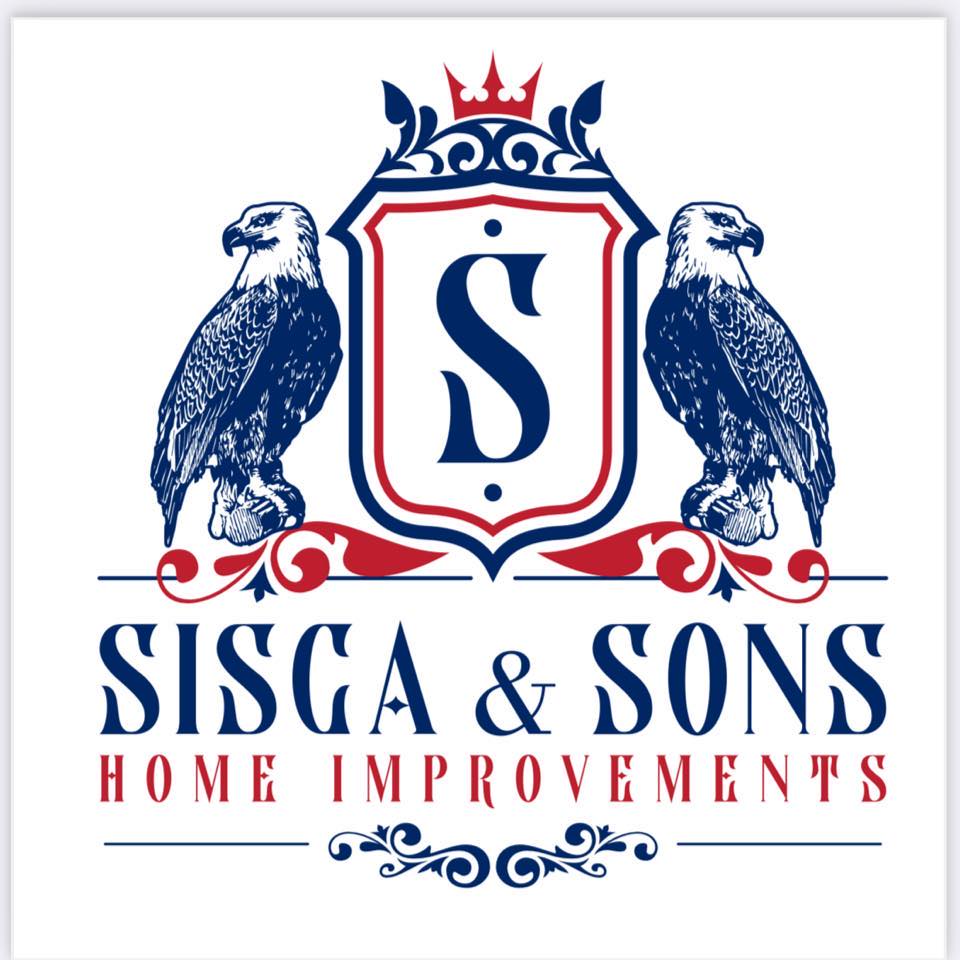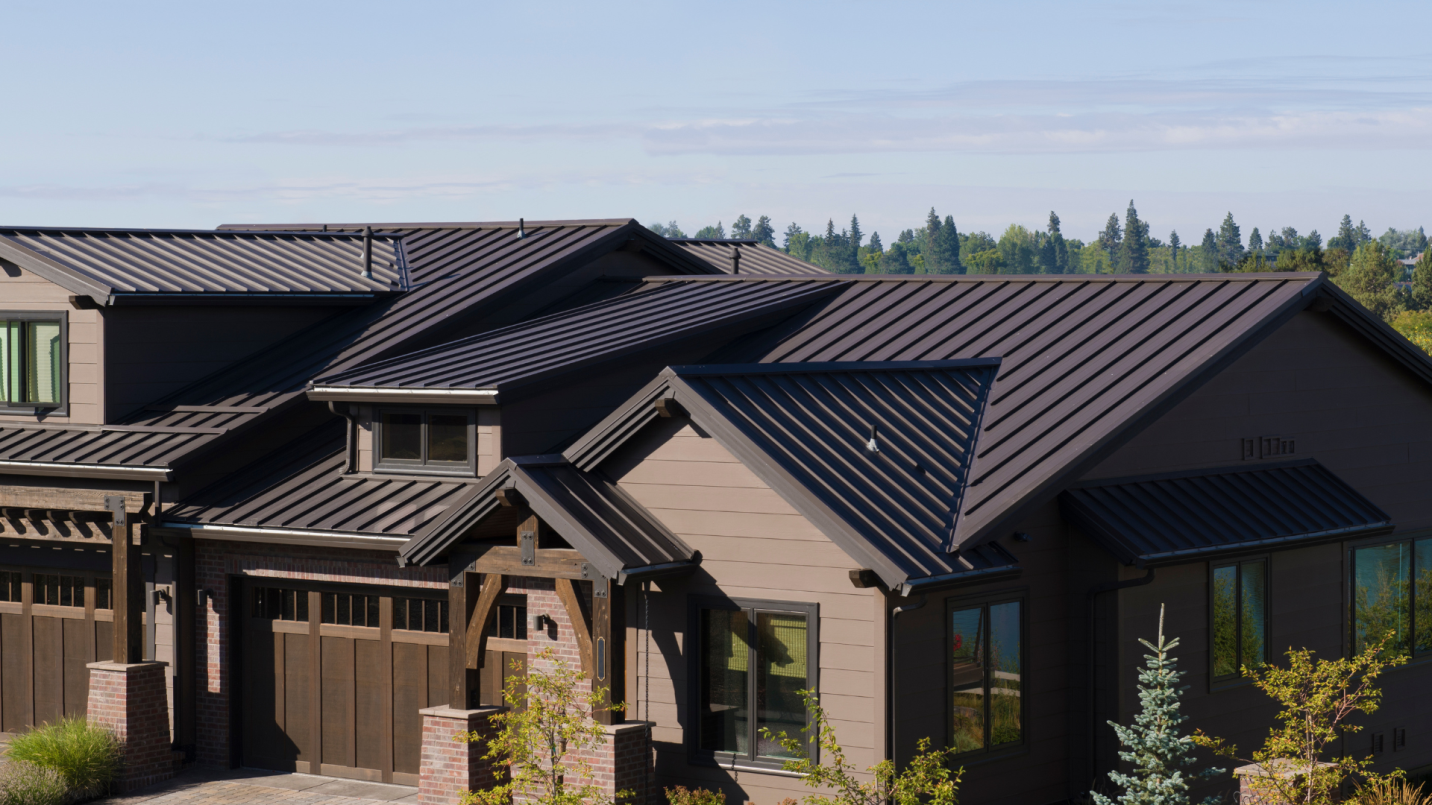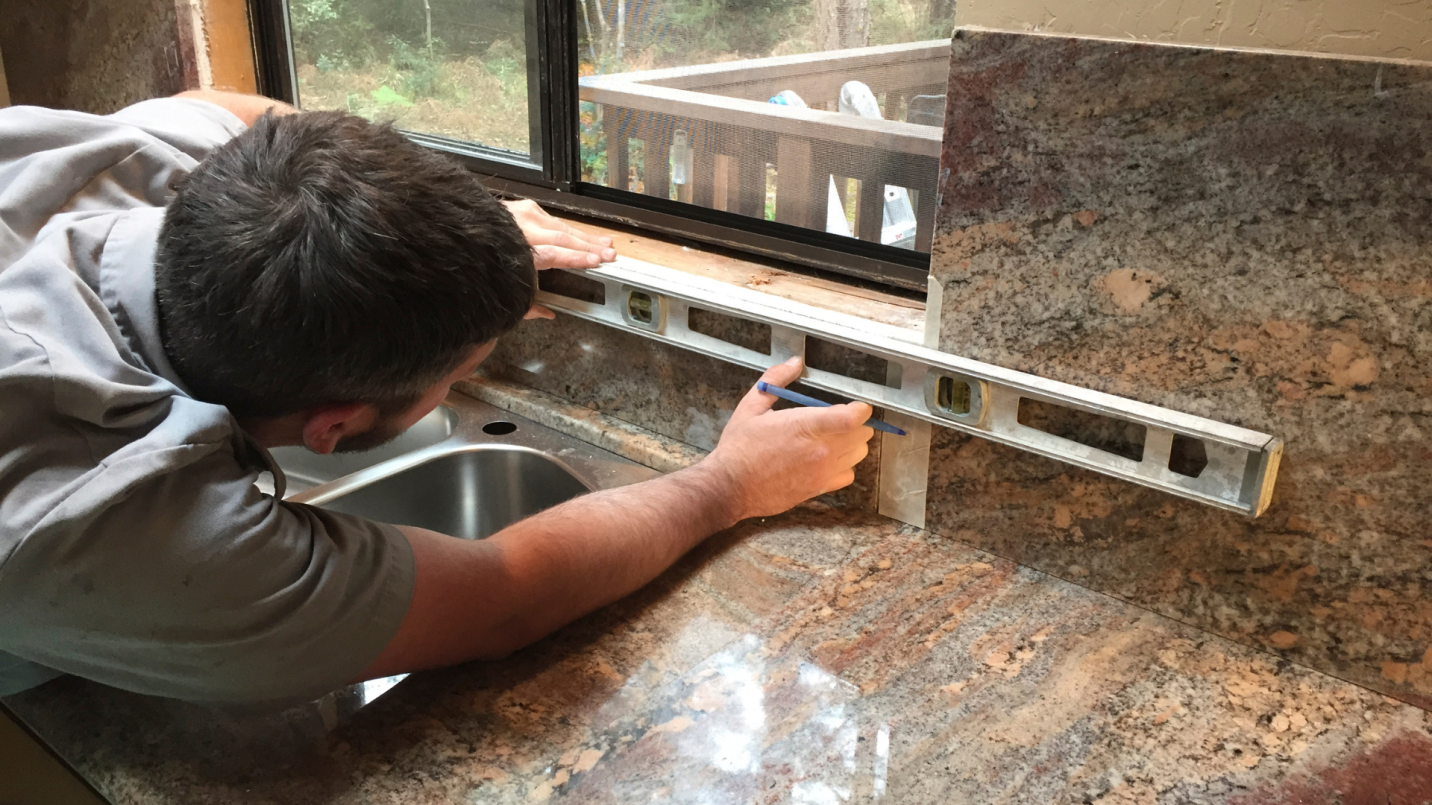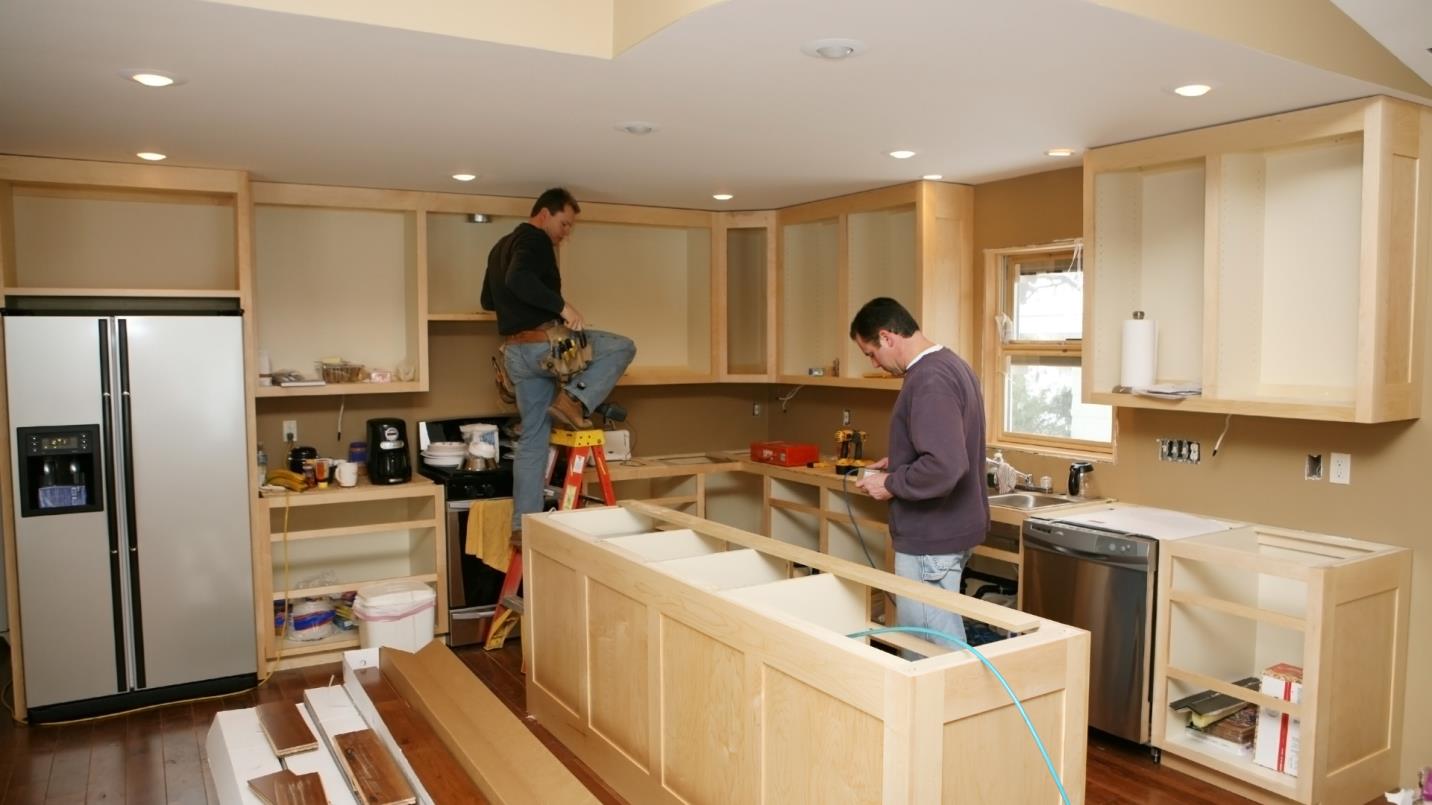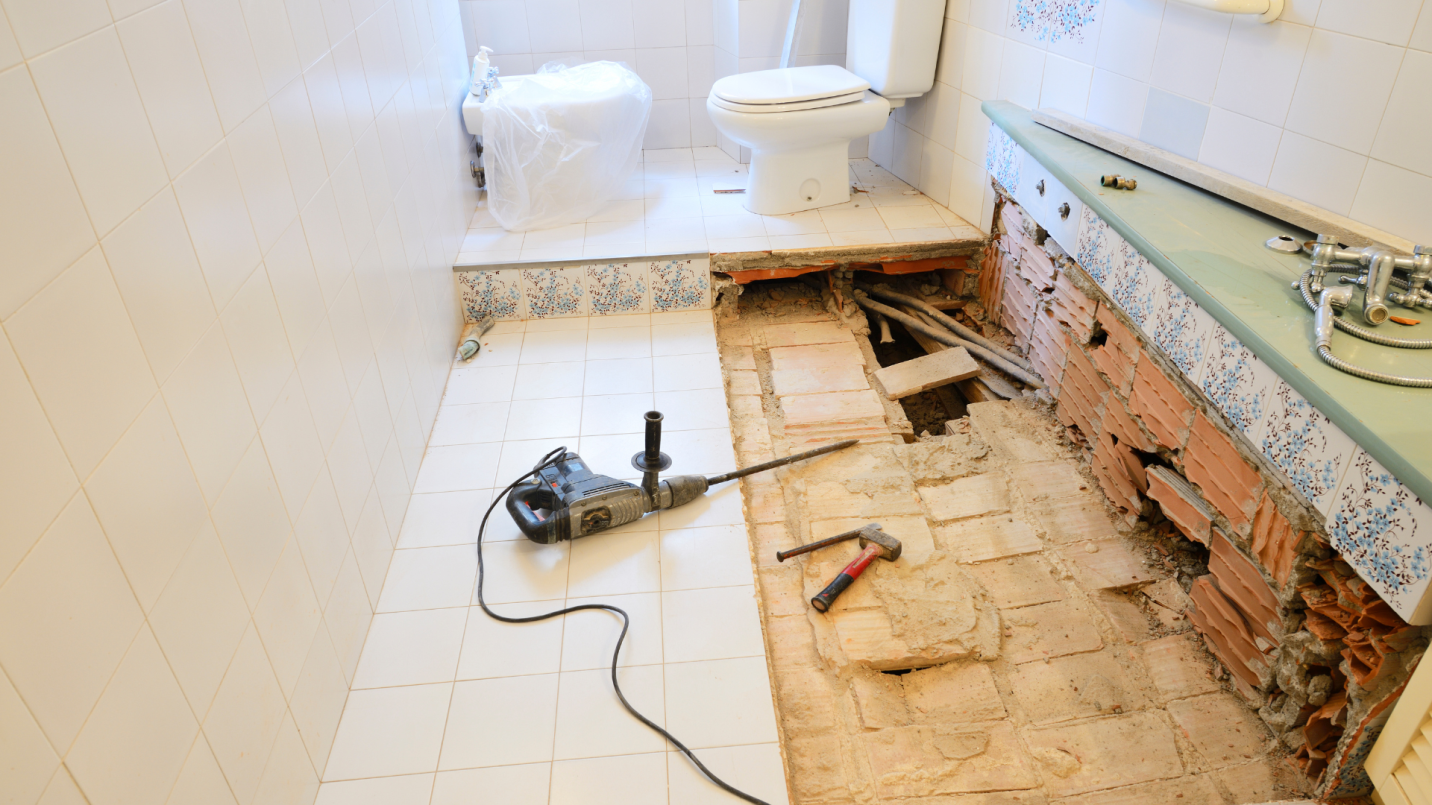Metal roofs have become an increasingly popular roofing option in recent years. They are durable, energy-efficient, and aesthetically pleasing. With a variety of materials, styles, and colors to choose from, metal roofs provide a great alternative to traditional roofing options. But with any type of roofing, there are always pros and cons to consider before making a decision.
In this blog post, we’ll discuss the pros and cons of metal roofs, as well as how they compare to other roofing options such as asphalt shingle, wood shakes, and clay tile. We’ll also discuss the different types of metal roofing available, and how each one can benefit your home.
Metal roofing – why?
Metal roofs are one of the oldest and most reliable roofing options available, with some varieties offering protection for more than 50 years. Metal roofs are made from a variety of metals such as aluminum and steel. They come in many different shapes and styles, allowing homeowners to customize their roof to fit their desired aesthetic. Metal roofs are often seen on barns and other agricultural buildings, but they can now also be found on residential homes.
Metal roofs can be of multiple layers including the underlayment, base layer and the outer layer. The base layer is usually composed of galvanized steel and is treated with a rust-resistant coating. This layer helps to ensure that the roof stays watertight and provides extra strength. The outer layer provides the aesthetic appeal that many homeowners desire while also providing additional protection against inclement weather. In addition, metal roofs can be installed with or without insulation to help keep the home cool in the summer and warm in the winter.
Overall, metal roofs are known for their durability and longevity, making them a great investment for those looking for a long-term solution for their roofing needs.
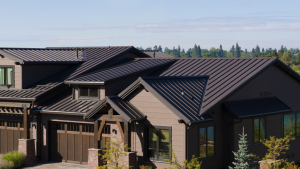
The pros of metal roofing
Metal roofs have many advantages that make them a great choice for home or business owners. Here are just some of the benefits of metal roofing:
Durability
Metal roofs are highly durable and can last up to 50 years with proper maintenance. This is much longer than other roofing materials like asphalt shingle, wood shakes, and clay tile, which need to be replaced every 15-20 years.
Weatherproof
Metal roofs are weatherproof and won’t rot, warp, or buckle due to changes in temperature or precipitation. They also offer superior protection from wind and fire damage.
Energy Efficiency
Metal roofs are reflective and can help reduce energy costs by reflecting heat away from your home or business. This can also help reduce cooling costs in the summer months.
Low Maintenance
Metal roofs require very little maintenance and can be easily cleaned with just a hose and a brush.
Cost
Metal roofs are more expensive initially than other roofing materials, but they are a great long-term investment because of their durability and energy efficiency.
Maintaining a metal roof
When it comes to maintaining a metal roof, there are some key things to keep in mind. Metal roofs generally need to be inspected and cleaned on a regular basis to ensure that it is free of dirt, debris, and anything else that can impede its performance. The inspections should focus on looking for any signs of damage or corrosion. If any issues are detected, they should be addressed promptly and professionally.
Regular cleaning of the roof is also important. This will help to prevent the buildup of dirt, debris, and other materials that could impede the roof’s performance. A soft-bristled brush or power washer should be used to remove any stubborn grime from the roof. Once it is cleaned, the roof should be rinsed off with clean water.
If your metal roof has been painted, it will require periodic repainting in order to maintain its aesthetics and protection against the elements. A quality paint job can extend the life of the roof by several years.
Finally, it’s important to stay up to date on any warranties or maintenance agreements associated with the metal roof. These may provide additional coverage in the event of an unexpected problem or defect. It’s also important to stay on top of any routine maintenance activities associated with the roof, such as snow removal or ventilation checks.
Different Types of Metal Roofs
There are several types of metal roofing available on the market, each with their own set of benefits and drawbacks. Here is a look at the most common type of metal roofing:
Galvalume (steel)
Galvalume is a steel alloy that has been coated with a thin layer of aluminum-zinc alloy to protect it from rust and corrosion. Galvalume steel roofs are popular because they are extremely durable and can last for decades. They also have excellent reflectivity, helping to keep your home cool during the summer months.
Galvanized (steel)
Galvanized steel roofs are made from steel that has been coated with a thin layer of zinc. This helps protect the steel from corrosion, rust and UV damage. Galvanized steel roofs are also very durable and can last up to 50 years.
Stainless steel
Stainless steel roofs are becoming more and more popular due to their durability and low maintenance requirements. Stainless steel is highly resistant to corrosion and rust and will last for decades with minimal maintenance. It is also very reflective, helping to keep your home cooler in the summer.
Aluminum
Aluminum roofing is lightweight, durable and very resistant to rust and corrosion. Aluminum roofs are also very reflective, helping to keep your home cooler in the summer months. However, aluminum is not as strong as some of the other metal roofing materials.
Zinc
Zinc roofs are becoming increasingly popular due to their durability and low maintenance requirements. Zinc is highly resistant to corrosion, rust and UV damage. Additionally, zinc roofs are highly reflective, helping to keep your home cool during the hot summer months.
Copper
Copper roofs are the most expensive type of metal roofing but they are also the most durable. Copper roofs can last up to 100 years with minimal maintenance and have excellent reflectivity, helping to keep your home cooler in the summer months. Copper is also highly resistant to corrosion, rust and UV damage.
